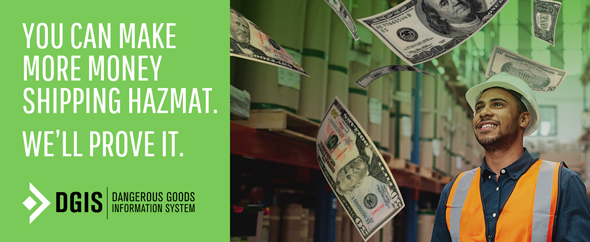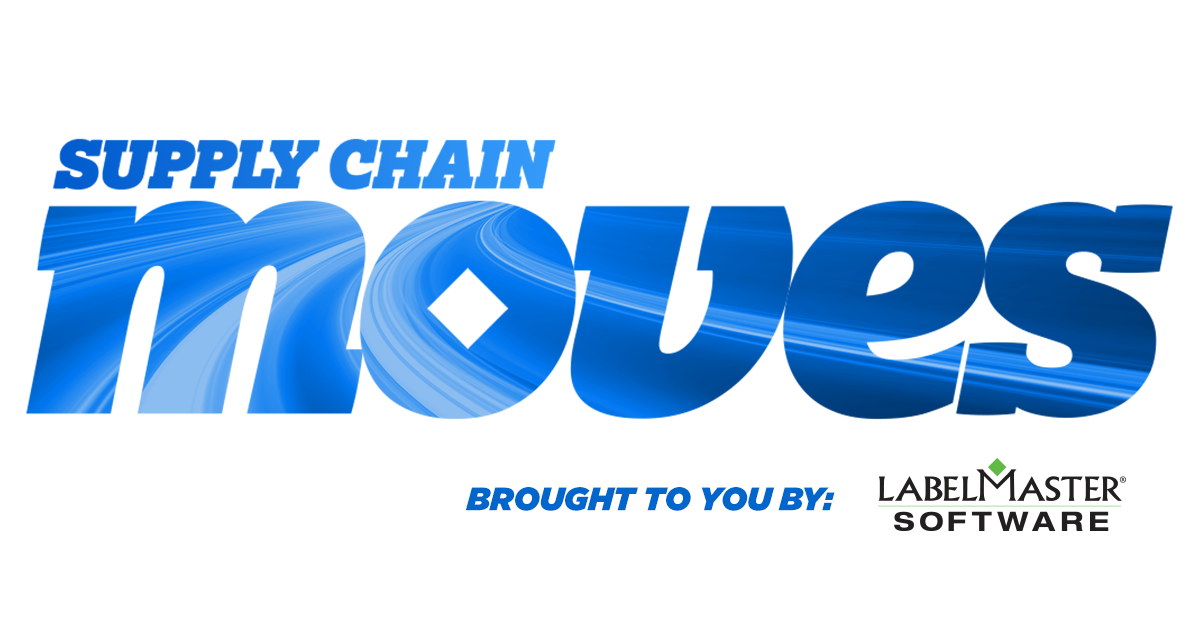

Week of January 24, 2022
Linking supply chain news with dangerous goods compliance
2021 may be in the rearview but supply chain challenges most organizations faced last year remain. With industry experts predicting continued disruption throughout 2022, organizations will continue to adopt new processes and solutions to navigate short-term challenges and position themselves for success moving forward.
Let’s examine some recent industry news.
SUPPLY CHAIN NEWS
- As Time Goes On, So Do Supply Chain and Logistics Challenges and Issues: More than a few supply chain and logistics hurdles remain: port congestion and related container backlogs, the need for more truck drivers, inflation, the labor outlook and many others.
- Top 5 Supply Chain Risks for 2022: A report from Everstream Analytics examines the top 5 supply chain risks that global companies should prepare for in 2022.
- Looking for an End to Supply Chain Woes? Don’t Hold Your Breath: The supply chain is broken, and there’s no easy fix. What’s contributing to the delays, and when will the situation improve?
- Chaos is the New Normal for Supply Chain: Supply chains are global, and the world is shrinking, meaning a shock to one part is a shock to the whole. And the shocks to supply just keep coming.
- 2022 Global Supply Chains: Four Trends that Will Shape the Future: With rampant uncertainty and rapid change due to the Covid-19 variants and other market issues, what can we expect for the next 12 months? It comes down to 4 main themes: resiliency, sustainability, visibility and technology.
OUR PERSPECTIVE
- Compliance matters for return shipments too. The growth of online shopping has brought with it a significant increase in reverse logistics activity on both the consumer/store side and the store/manufacturer side. While this uptick in return activity itself is challenging, it becomes even more problematic when returns involve hazmat, such as devices containing lithium batteries. Return shipments must comply with the same hazmat rules as items shipped to consumers in the first place, and it’s the shipper’s responsibility to ensure compliance.
- Compliance impacts business continuity. The need for business continuity has never been more evident, especially as more employees are working remotely or changing jobs and retailers are shipping goods from more locations in order to keep up with growing demand. For DG shippers, a big piece of business continuity is having reliable and repeatable processes to ensure safe and compliant shipments across all locations, even as employees are working or training remotely or are dealing with high employee turnover or other organizational changes.
- Increased reliance on technology and automation. The need for a more efficient, resilient and transparent supply chain with further propel the adoption of technology. But simply purchasing a technology solution or two won’t automatically address your supply chain needs or create a more automated and reliable supply chain. This is especially true for DG companies, which face other levels of complexity and regulatory challenges. DG shippers should invest in DG shipping software (and integrate it into other operational systems) in order to further drive automation, ensure business continuity and reduce supply chain risk.
To learn more about Dangerous Goods software or how to establish a safer, more compliant supply chain, visit https://www.labelmaster.com.
Have questions about Dangerous Goods transport? Call the Labelmaster Regulatory Hotline at 1.800.621.5808.

As the industry’s most robust, flexible, and advanced hazmat shipping software, Labelmaster’s DGIS can actually help your operation make more money. DGIS validates shipments and prepares DG declarations so quickly, you can handle more shipments every hour. And more shipments mean more revenue.
Try your own numbers in our calculator to see the added revenue DGIS can generate for you.

